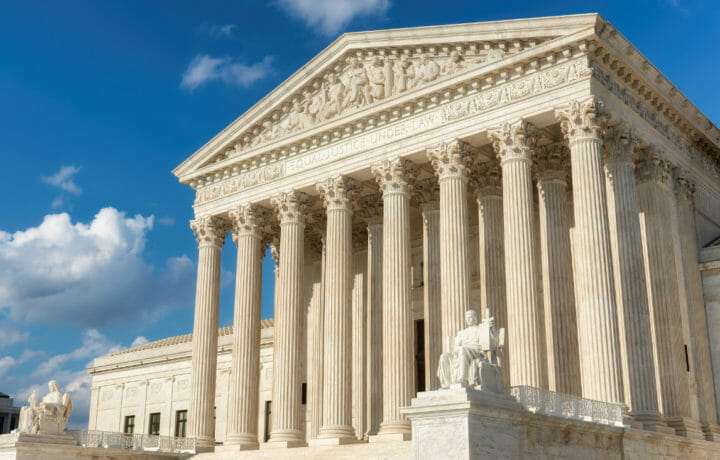The U.S. Supreme Court just gave the green light for the Trump administration to move forward with its sweeping plan to downsize the federal workforce—despite widespread warnings about the fallout for government services and the workers behind them.
The unsigned decision lifts a temporary freeze on the president’s February executive order and related directives from the Department of Government Efficiency (DOGE) and the Office of Personnel Management (OPM). Those moves had been halted by lower courts amid legal challenges from cities, labor unions, and advocacy groups concerned about mass layoffs and the dismantling of core federal programs.
Now, with the Supreme Court stepping back, the administration’s federal workforce overhaul is back in motion.
What the Ruling Means
This ruling doesn’t endorse every layoff or agency cut just yet—it simply allows the administration’s overall plan to proceed while the legal battle plays out in the lower courts. Still, for agencies already reeling from hiring freezes and deferred resignation programs, the implications are immediate.
Justice Ketanji Brown Jackson was the lone dissent, warning that the Court’s decision could accelerate an unprecedented downsizing. She called the executive order “legally dubious” and predicted widespread cancellation of federal services and job losses that reshape how government works.
The White House, on the other hand, called the ruling a win for “government efficiency” and presidential authority. A spokesperson noted that the president sees this as a voter-backed mandate—and that the administration is acting within its constitutional powers to reform a “bloated bureaucracy.”
How Big Are the Cuts?
No one knows the exact number yet, but we’re talking tens of thousands of jobs already affected:
- At least 75,000 employees have taken deferred resignation packages
- Thousands more in probationary periods have been let go
- Cuts reportedly range from 40% to 50% at some agencies, including USDA, VA, and SSA
These aren’t just administrative roles—stakeholders have raised alarm bells about potential disruptions to food safety inspections, veterans’ healthcare, small business support, and environmental enforcement.
What Comes Next?
The legal case isn’t over. It heads back to Judge Susan Illston’s court, where plaintiffs are arguing that large-scale workforce reductions require Congressional approval. Illston, an appointee of President Clinton, previously ordered a halt to the layoffs and warned that the actions violated the constitutional separation of powers.
That debate will continue, but with the Supreme Court’s decision to lift the freeze, the practical effects of the executive order will hit agencies now—not months from now.
The Bigger Picture
Whether you see this as streamlining government or gutting it, one thing is clear: this ruling signals a broader shift in how presidential power over the federal workforce is interpreted—and executed.
For federal employees, it’s another week of uncertainty. For contractors and national security stakeholders, it’s a time to watch closely: fewer feds likely means greater reliance on private sector support—and shifting demands across agencies.
The high court didn’t rule on whether the federal workforce cuts are constitutional—just that they can move forward while the issue is litigated. But that’s more than enough to shake things up in Washington—and potentially, your corner of government work.
Want more insights like this? Join our federal workforce network – FedWork and share your thoughts.




